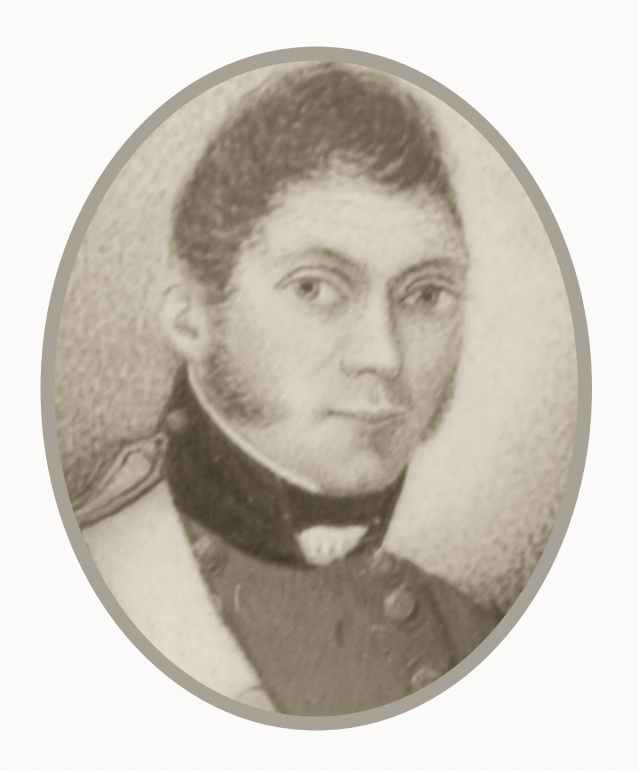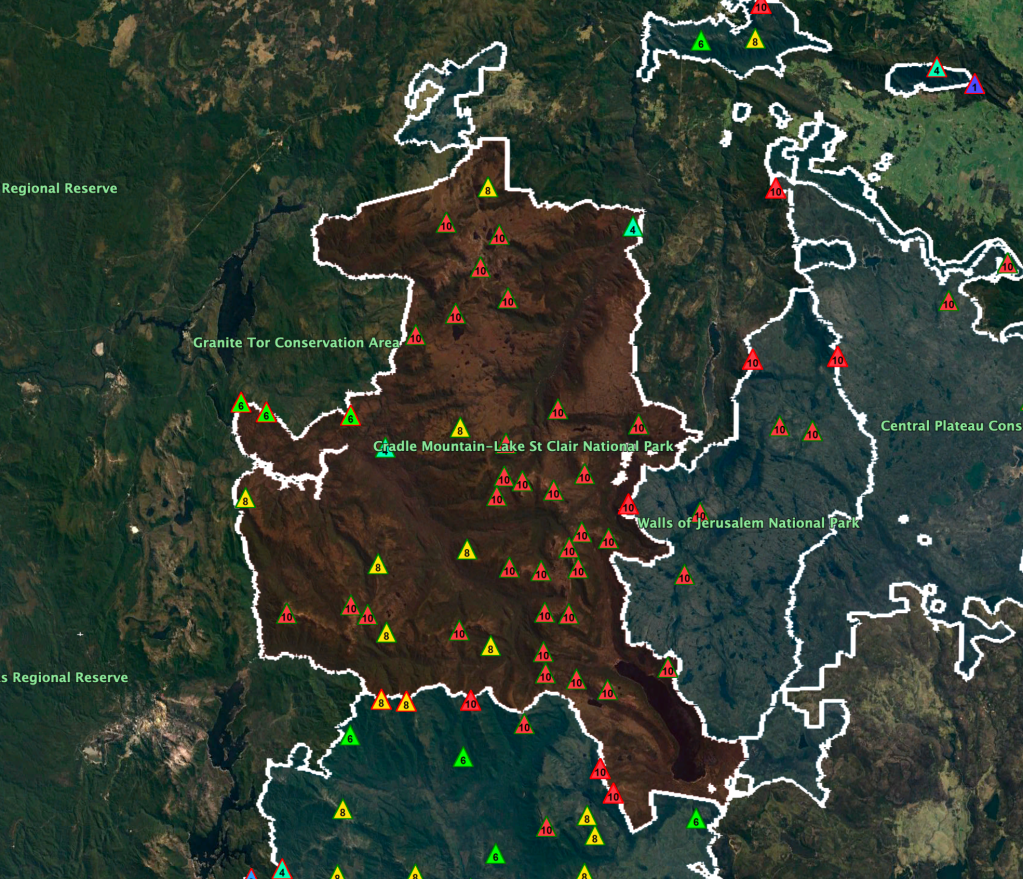After leaving Mount Field (10th November 2022) we headed north on Ellendale Road towards the Lyell Highway.
We stopped briefly at the Ellendale road stop admiring the view of Mount Field National Park. Between 1860 and 1970 Ellendale was the home of a thriving timber industry. Swan timbers from Ellendale have been sent to many parts of the world and are included in furniture at Parliament House.
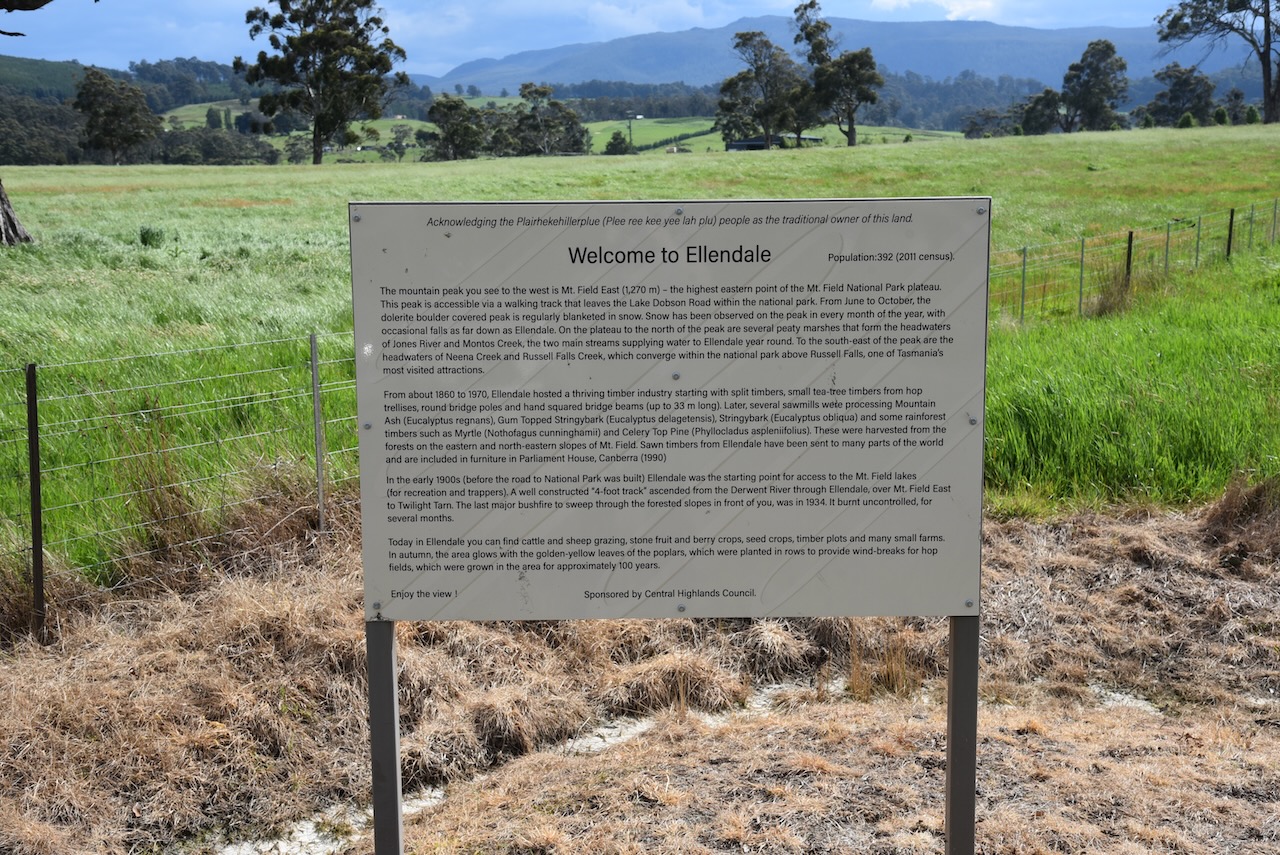
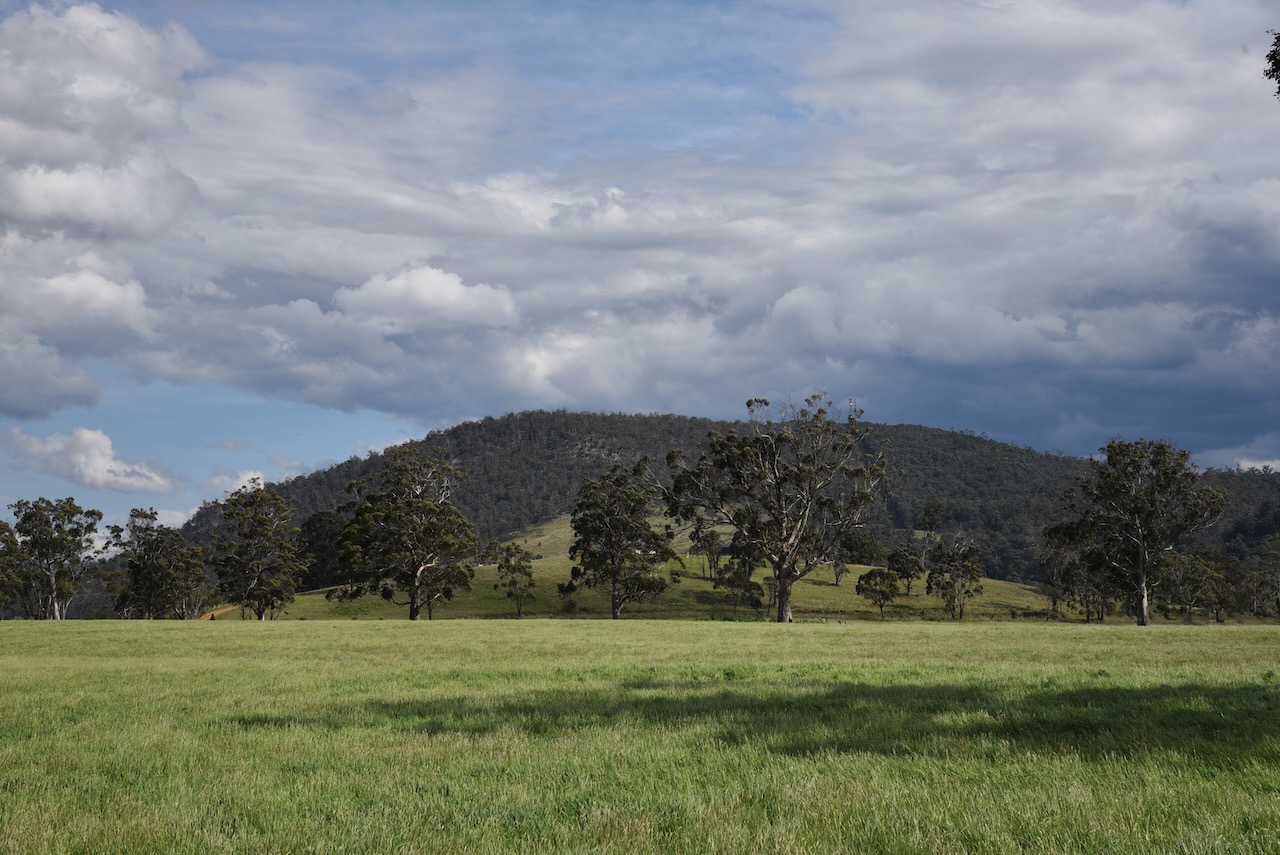
We doubled back along the Highway to the little town of Hamilton. I had wanted to see some of the many historic buildings that are in the town. These include the old school house which was built in 1858 by convict stonemasons. It was designed to allow the Headmaster to live in the room above the central staircase, while the children, according to their sex, entered the school from different doors.
Glen Clyde House was built in 1840 by convicts, originally as a private home. It was licenced as the ‘Tasmanian Lass’ in 1844. James Jacksons Emporium was built in 1854. The foundation stone for St Peters church was laid in 1834. The church was completed in 1837. The church had only one door and this was due to the fact that 50% of the congregation were convicts and the single door made escape more difficult.
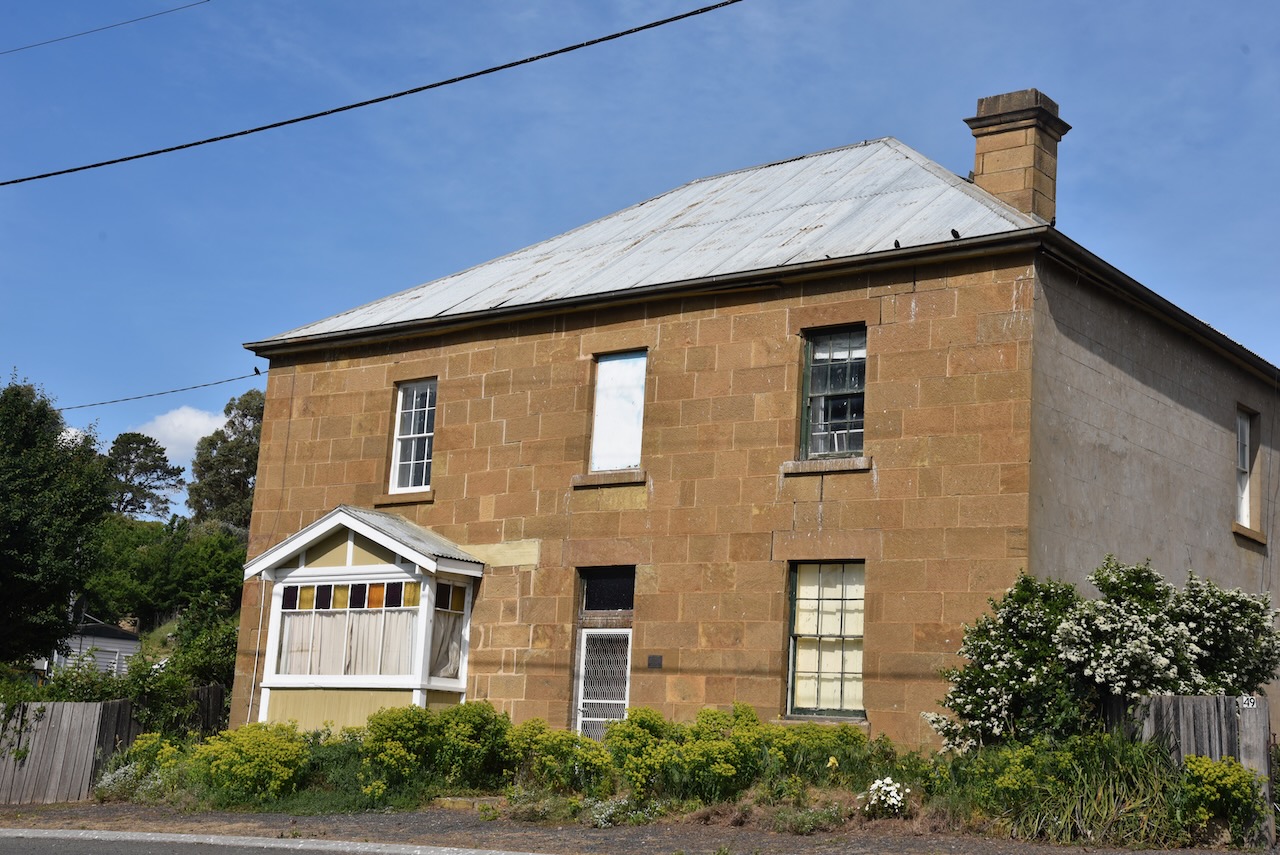

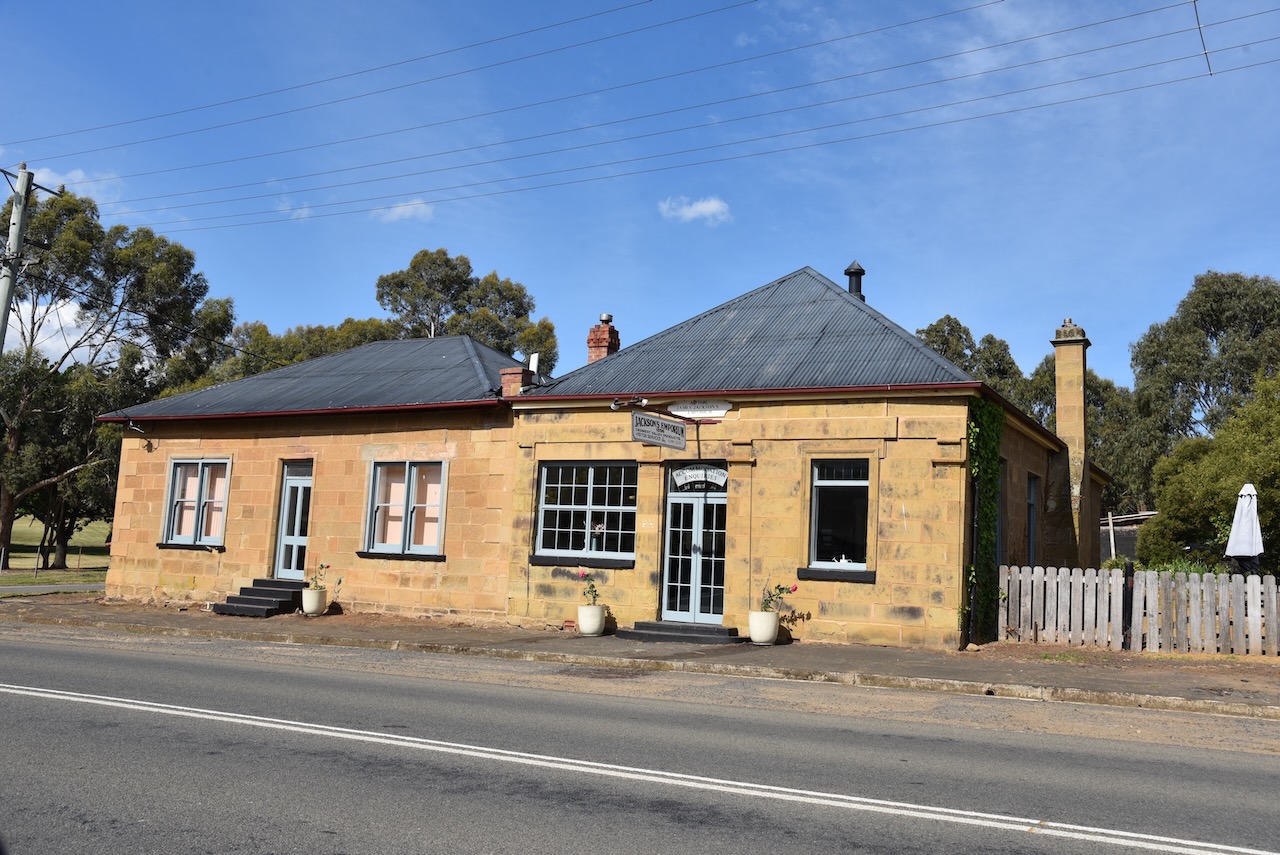

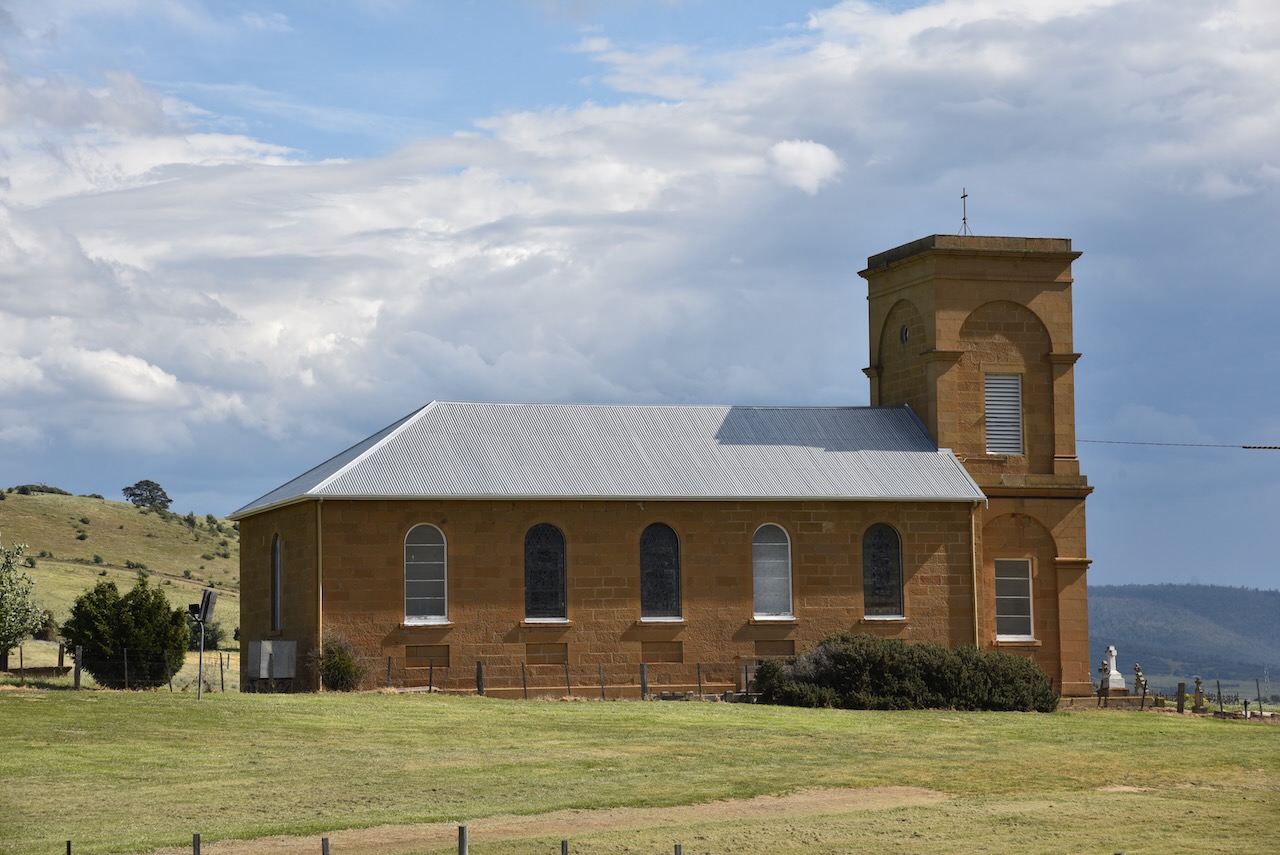


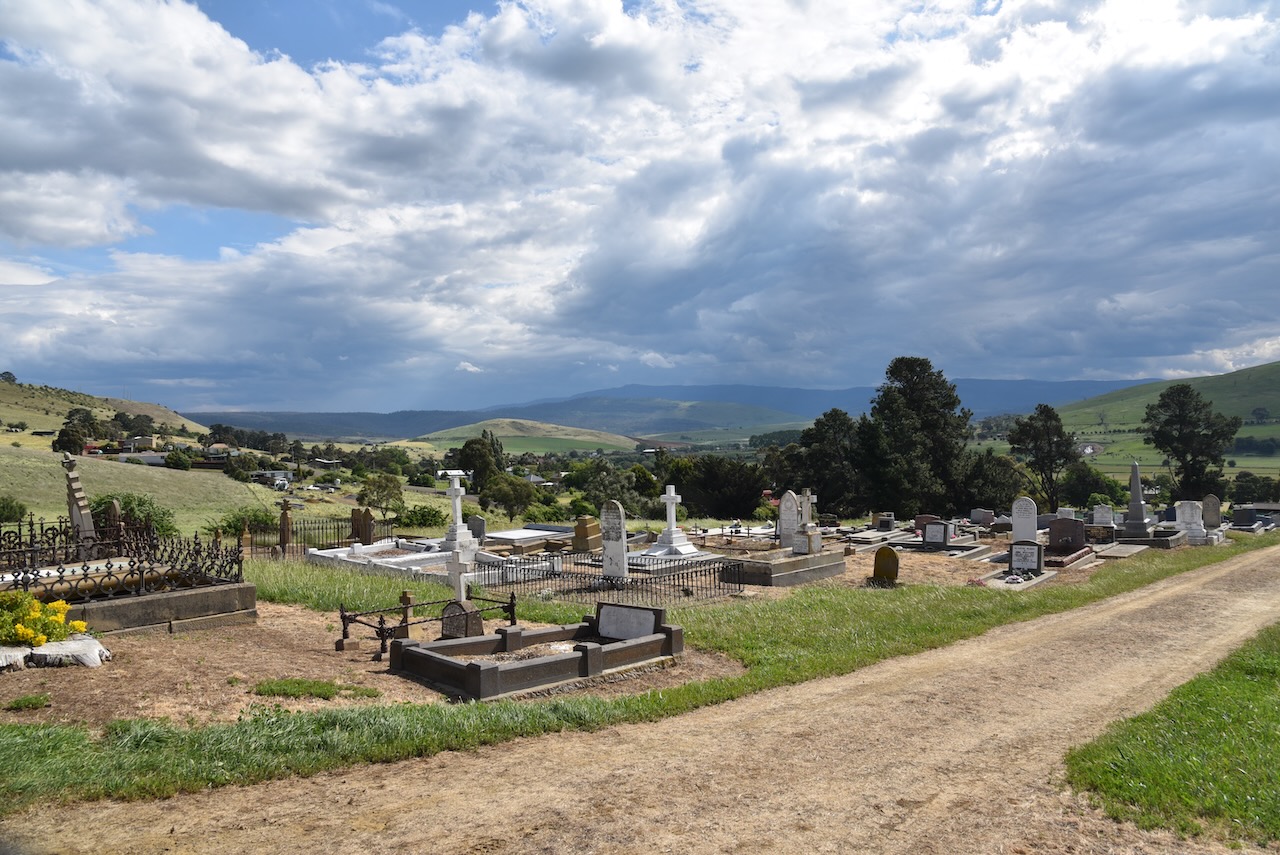


Our GPS decided to take us off the Lyell Highway and along Fourteen Mile Road which was dirt, before rejoining the Highway. I’m glad it did detour us as we got to see the wooden hydro pipe at Bronte Park. It is one of the few hydro pipes which was constructed of wood. It was built so that the water from the Clarence River would run in to Bronte lagoon and from there though Tungatinah Power Station. This is one of 30 hydropower stations.
As we drove west along the Lyell Highway towards Derwent Bridge we started to smell smoke and then saw a very large plume of smoke. Fortunately we had internet coverage and Marija found out that it was a controlled burn off. t certainly didn’t look like that.
We then turned off the Highway onto Lake St Clair Road and soon reached our accomodation, the Lake St Clair Lodge. It is one of only 2 resorts built within a World Heritage listed area in the world.




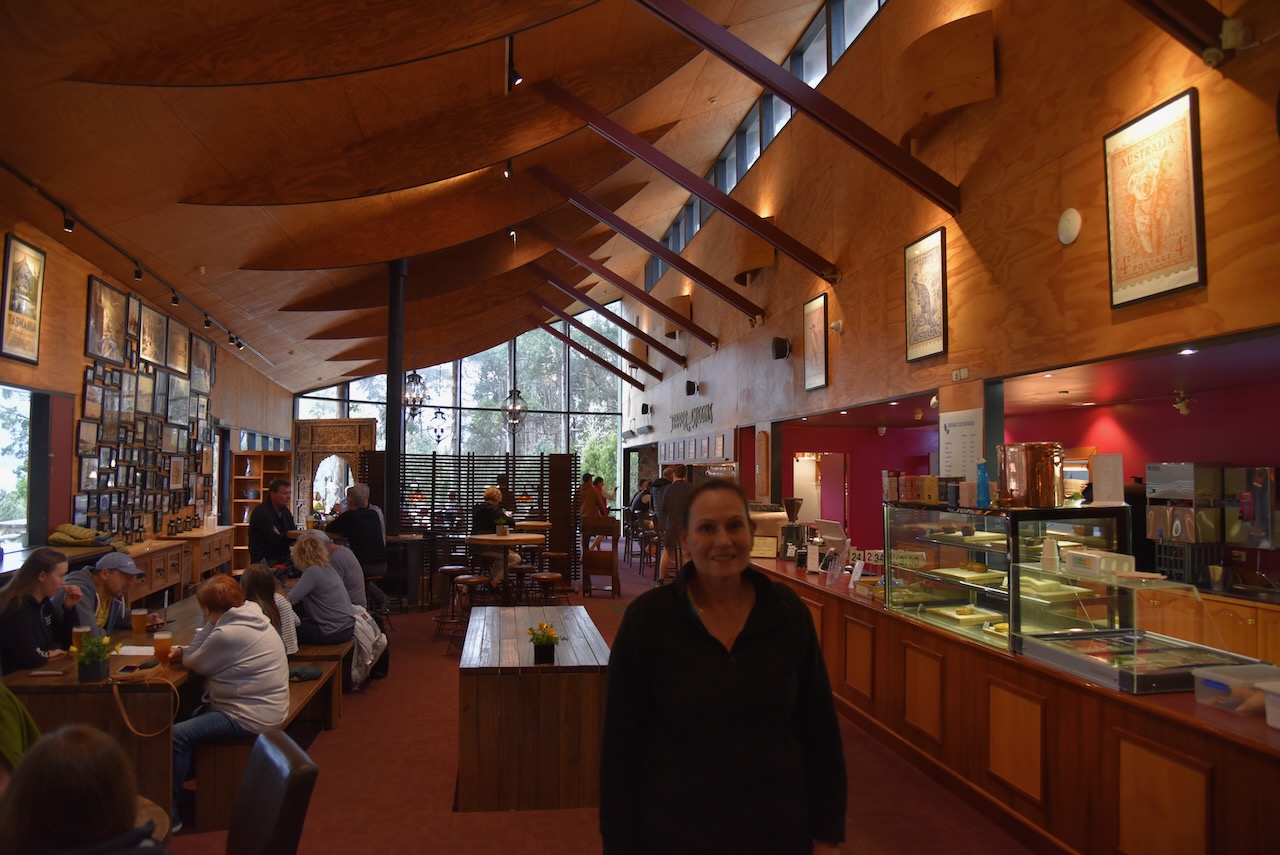
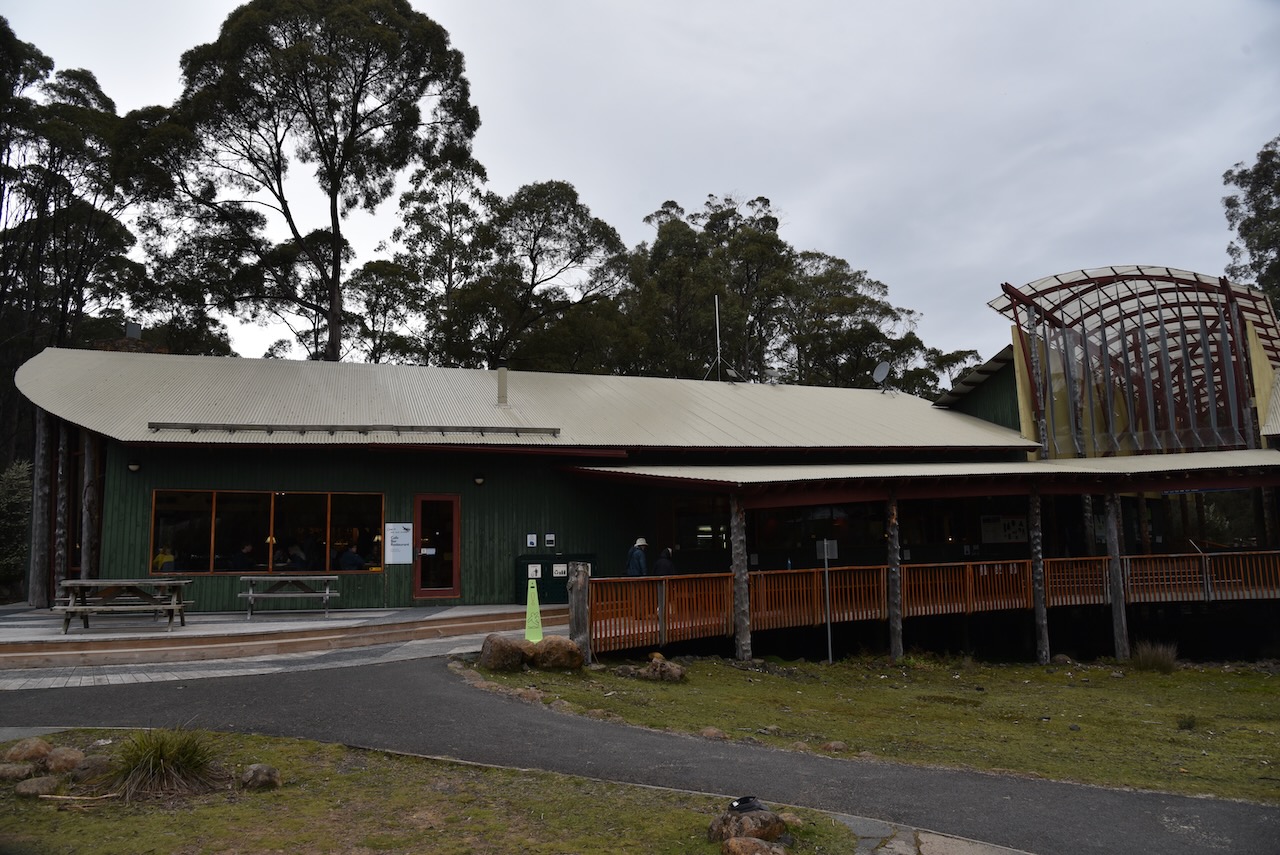
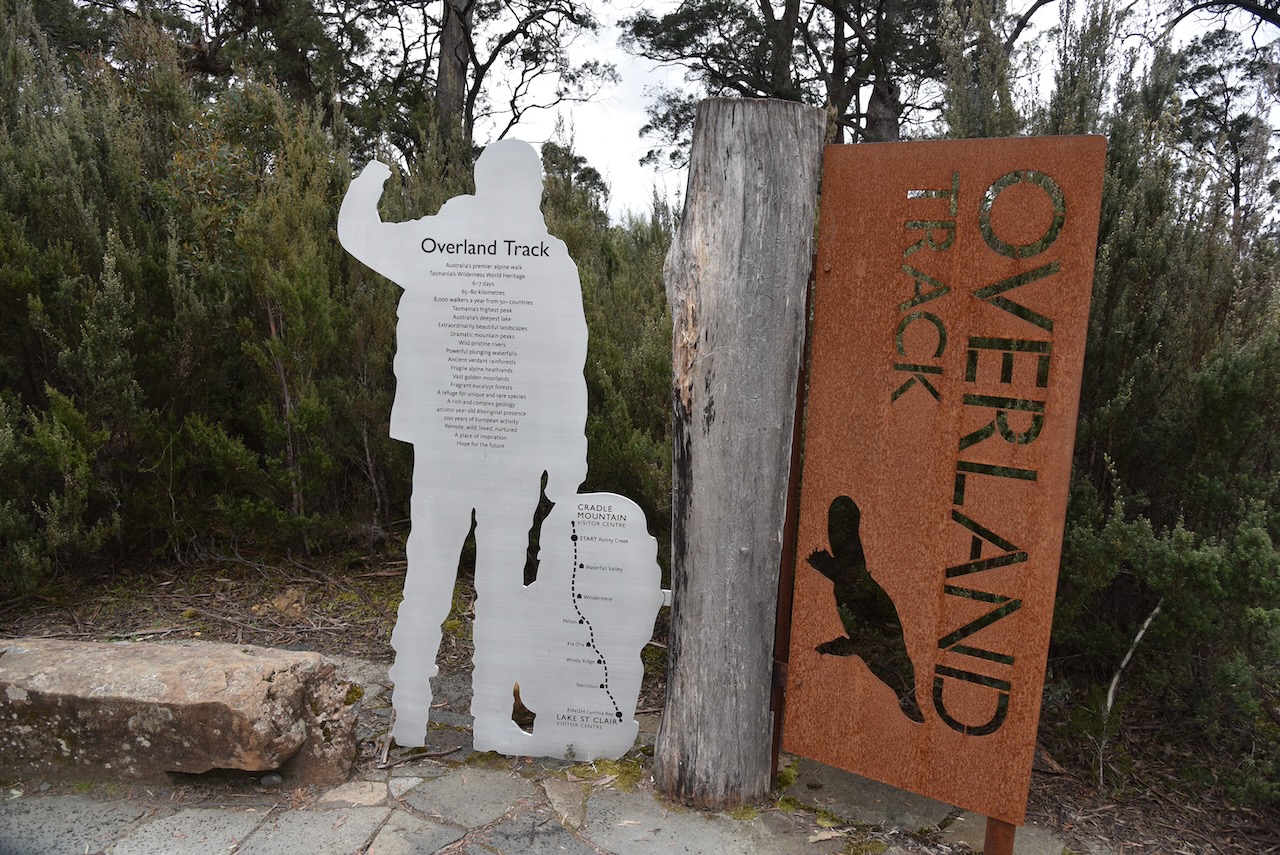

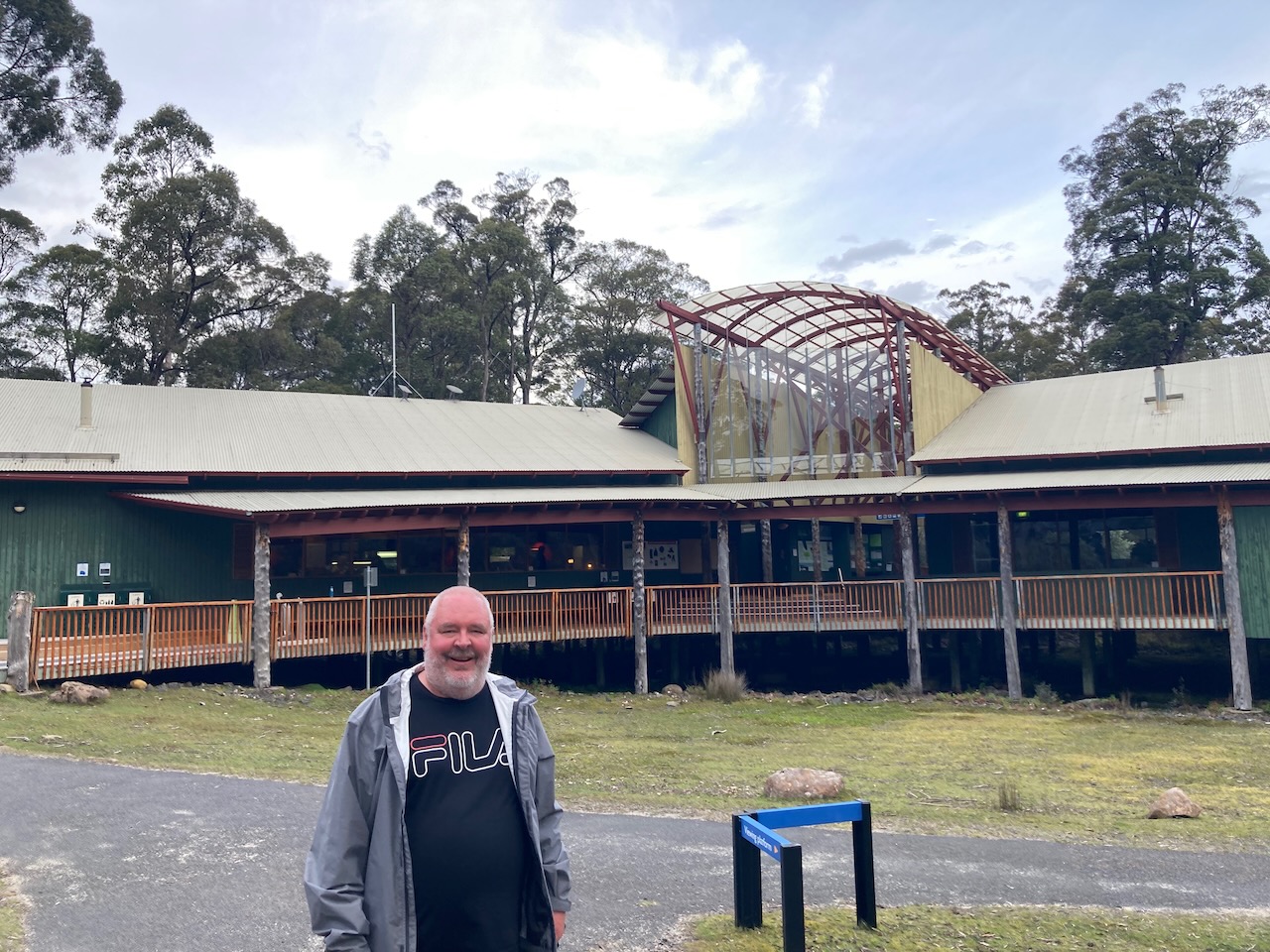
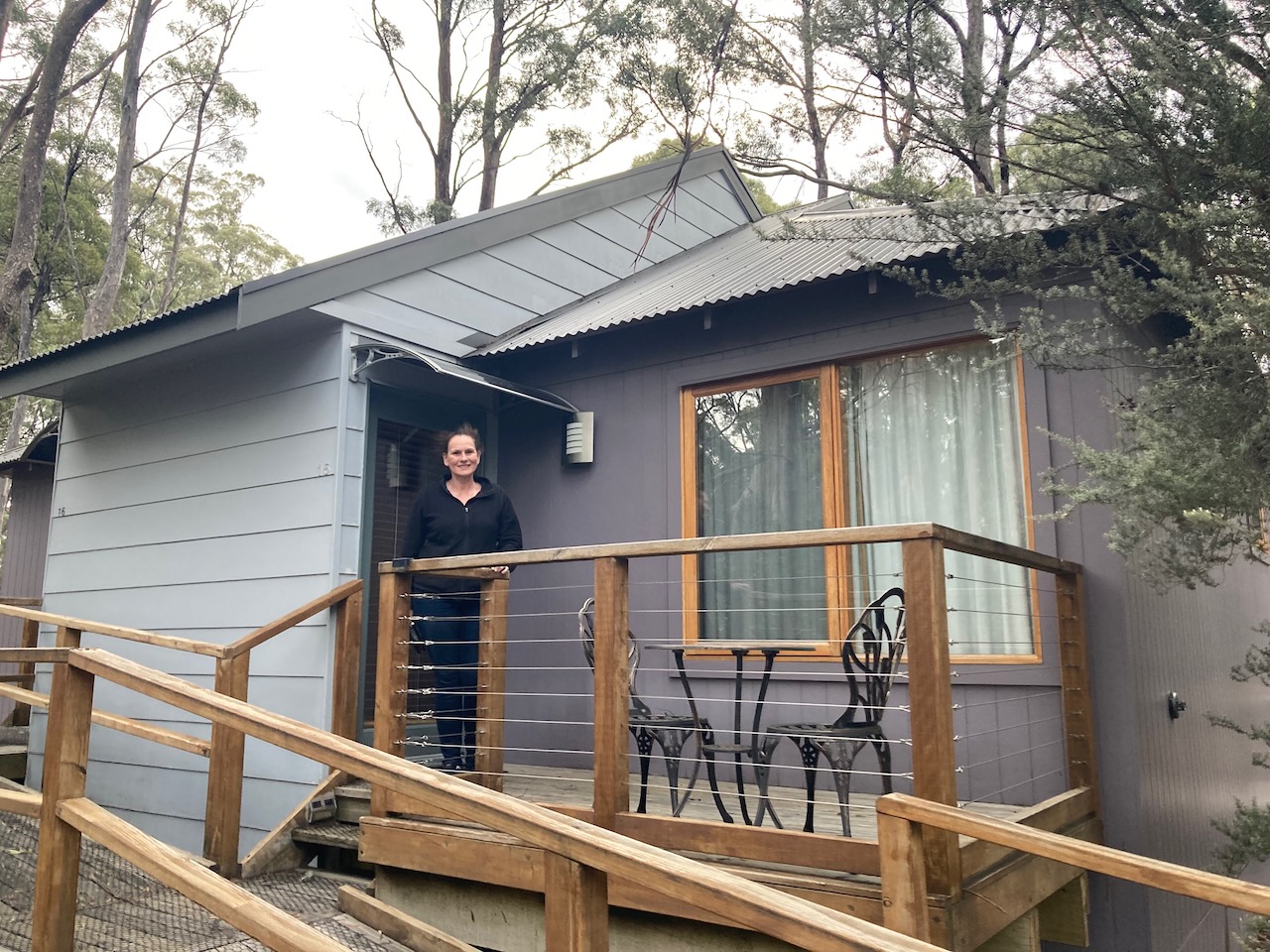

Our cabin was right alongside of the shores of Lake St Clair, known as Leeawulena by the local aboriginal people.
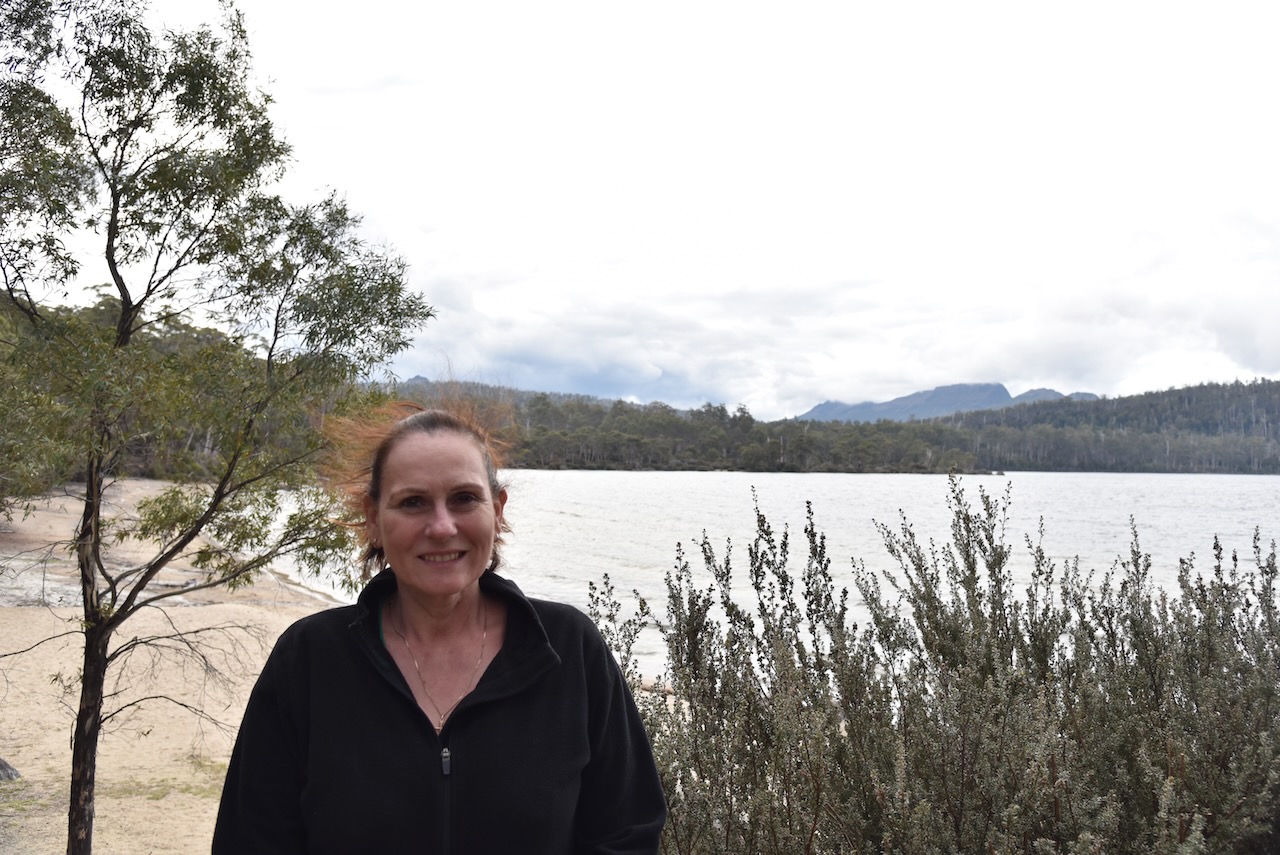

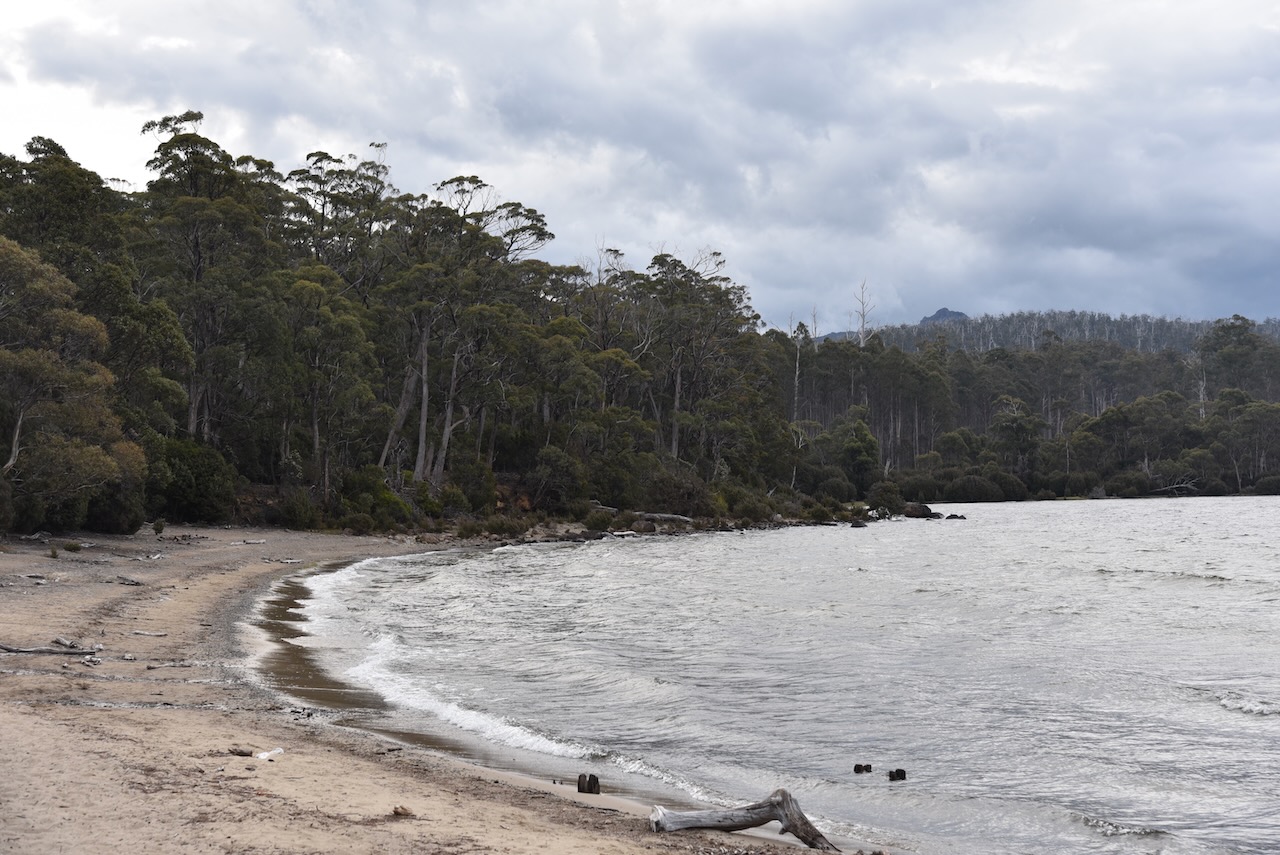
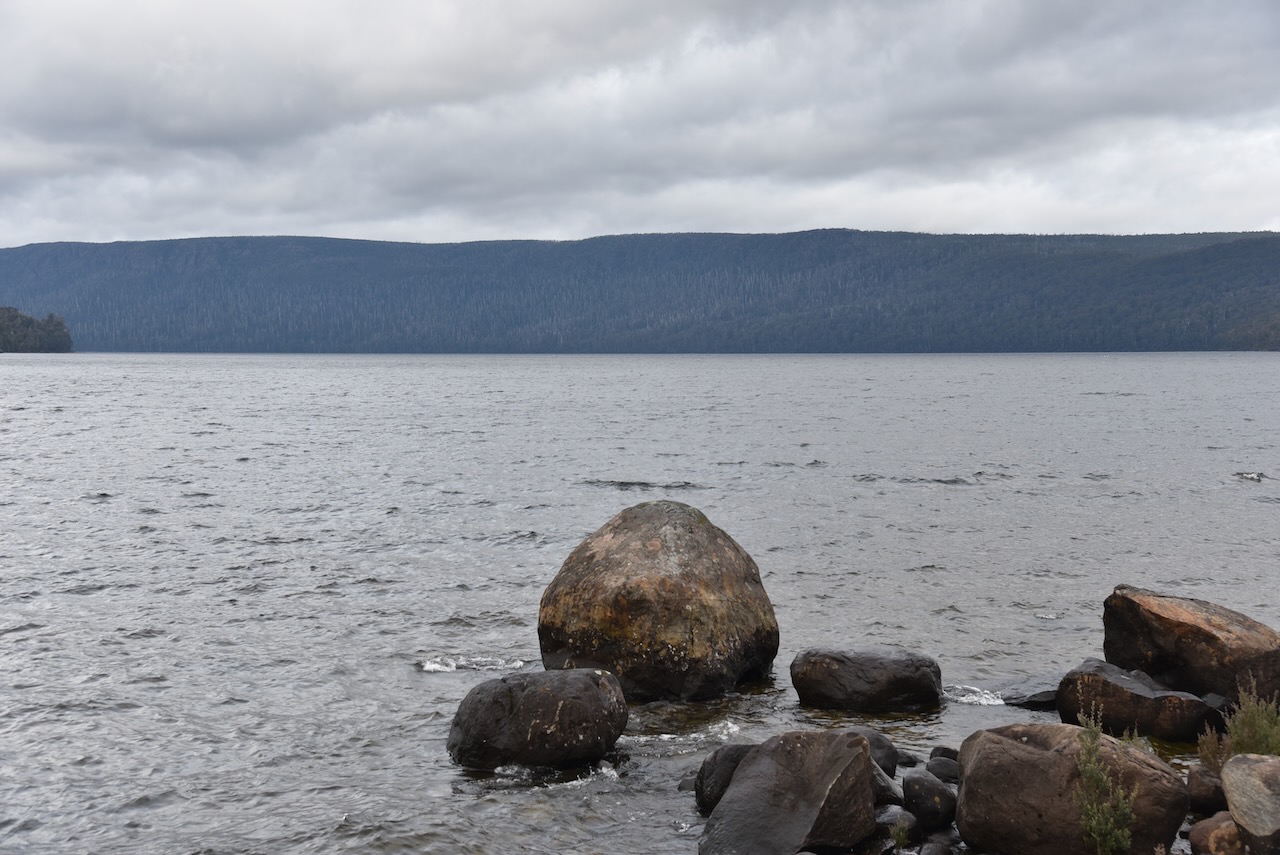

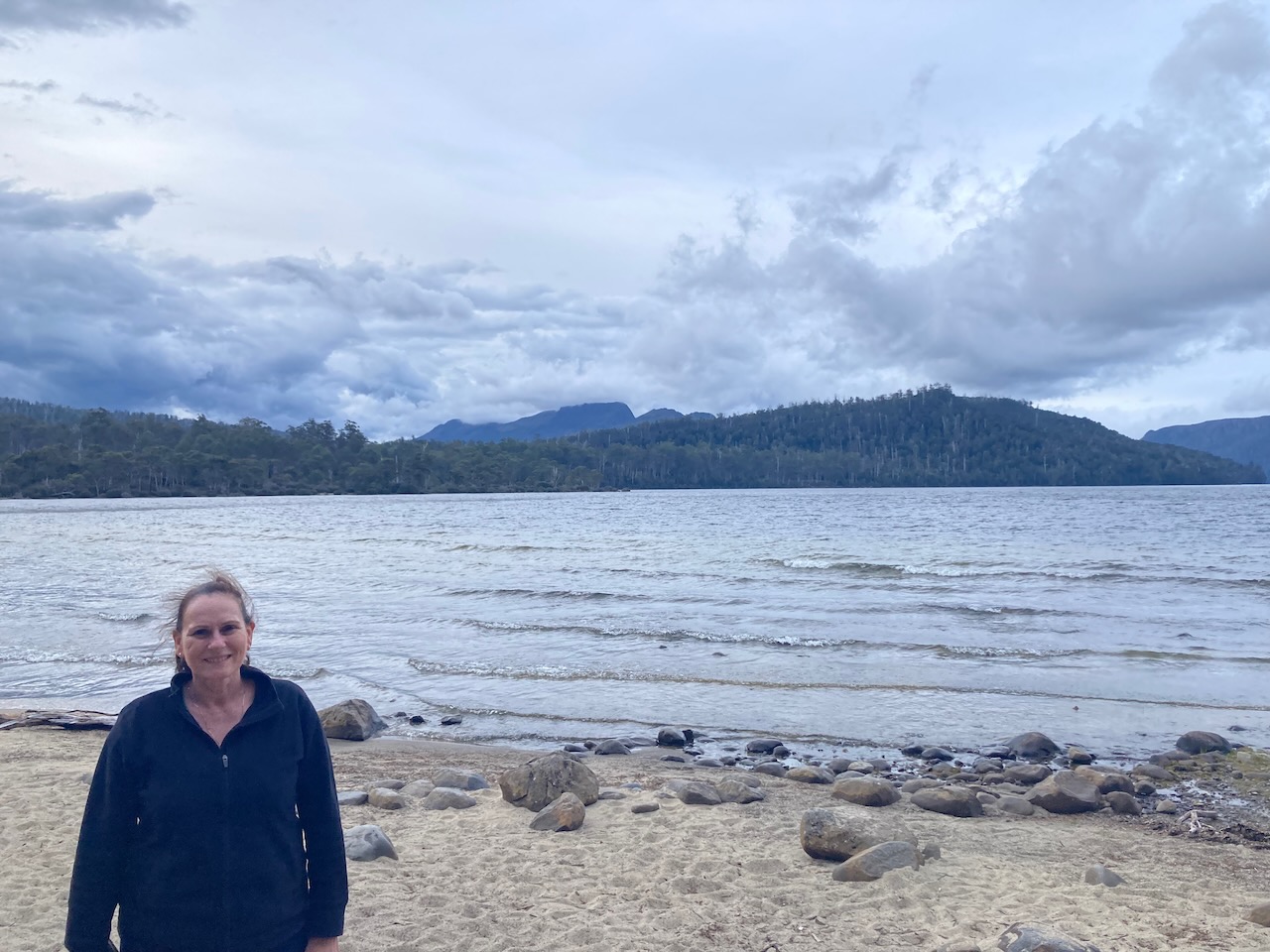


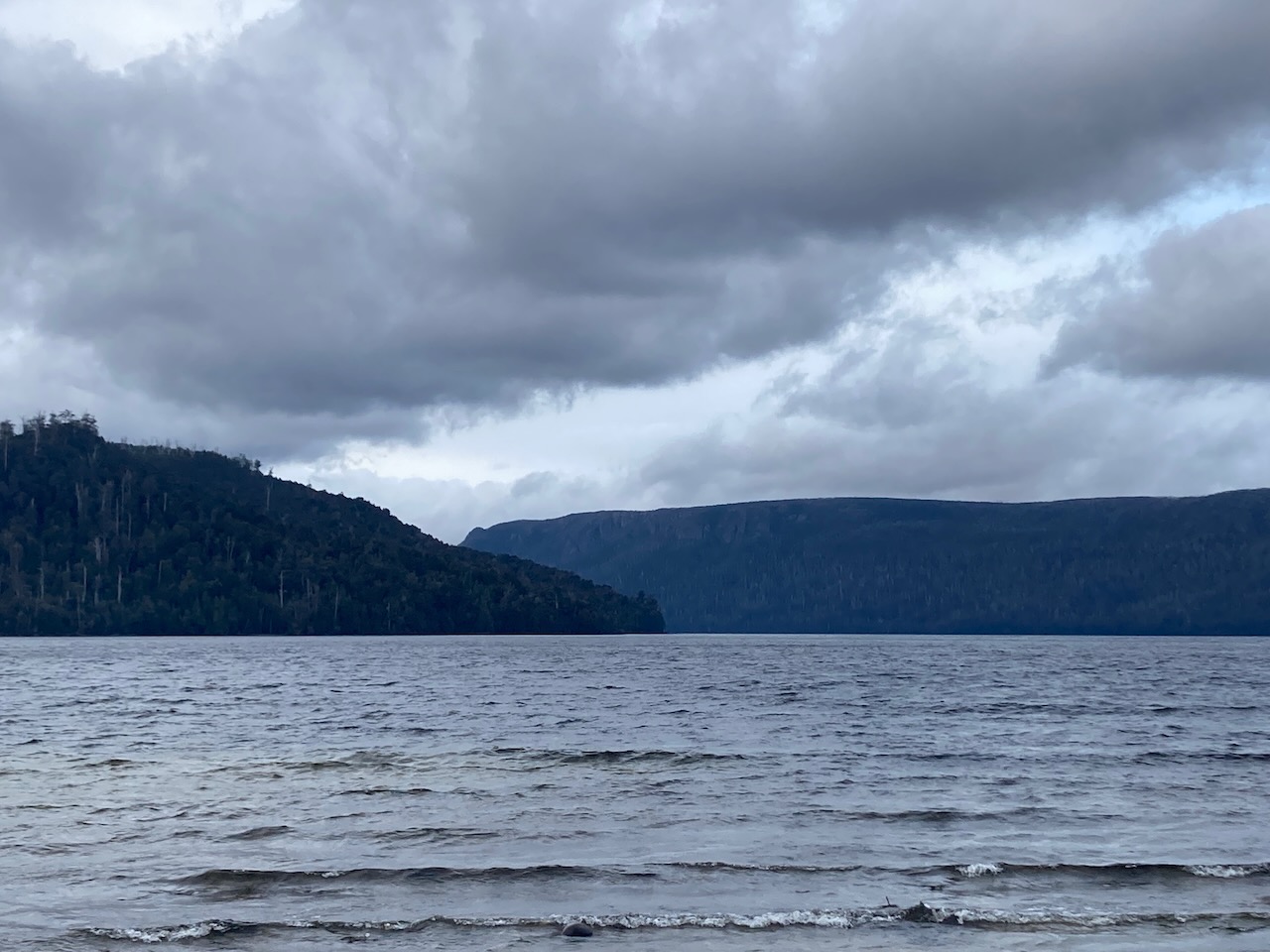
Lake St Clair was named in 1835 by Surveyor General George Frankland when he visited the area. It was named in honour of the St Clair family who resided on the shores of Loch Lomond in Scotland.
After dropping off all of our bags we headed back down Lake St Clair Road and activated the Cradle Mountain Lake St Clair National Park VKFF-0117.
Cradle Mountain-Lake St Clair National Park is 1,614.43 km2 in size and was established in 1911. It is part of the Tasmanian Wilderness World Heritage Area. The park borders the Walls of Jerusalem National Park, the Franklin Gordon Wild Rivers National Park, the Vale of Belvoir Conservation Area, and the Central Plateau Conservation Area.
Above:- The Cradle Mountain lake St Clair National Park. Image c/o GoogleEarth.
Cradle Mountain lies between the Big River and Northern Tasmania people. They were last seen just south of Cradle Mountain in about 1836 following years of persecution by the European settlers.
The first Europeans to explore the Cradle Mountain area were Joseph Fosset (b. 1788. d. 1851) and Henry Hellyer (b. 1790. d. 1832) in 1827. They were surveying the area for the Van Dieman’s Land Company. It was named Cradle Mountain as it bore a similarity to a miners cradle.
From the 1860s until the 1950s, trappers worked in the area. However hunting in the park was declared illegal from 1927. These hunters established huts including Du Cane and Pine Valley. Logging on trees was also undertaken. From 1910 to 1930 cattle and sheep were grazed in Cradle Valley.
On the 16th day of May 2022 the Cradle Mountain Lake St Clair National Park celebrated his centenary. The video below shows what the park is like now, and what it was like back in 1922.
The history of how Cradle Mountain Lake St Clair became a National Park is a very interesting one.
Gustav Weindorfer emigrated to Australia from Austria in 1899. He married Kate Cowle in Tasmania in 1902. They were both dedicated botanists and spent their honeymoon camping at the top of Mount Roland. In 1909 Gustav and a friend and botanist called Charlie Sutton set out on an adventure to explore Cradle Mountain. Unfortunately thick fog, and time spent on collecting plant material, thwarted their intentions of climbing the summit.
In January 1910, Gustav and his wife Kate and Major R E Smith climbed the summit. Following this, Weindorfer famously said:
“This must be a National Park for the people for all time. It is magnificent, and people must know about it and enjoy it.”
Above:- Gustav Weindorfer. Image c/o Trove.
Gustav was so impressed with Cradle Mountain that he commenced building a hut called Waldheim (Forest Home). He provided accomodation for friends and others with whom he wanted to share his love of the Cradle Mountain area. In 1913 Waldheim was opened for commercial business.
Following the death of his wife in 1921, Gustav commenced a tour of Tasmania promoting both his accomodation Waldheim and the concept of a Cradle Mountain National Park. In the following year 1922, Cradle Mountain was declared a scenic reserve. In 1927 it was declared a wildlife reserve, and in 1947 it was declared as a National Park.
Above:- Article from the Examiner, Launceston, Thu 10 May 1923. Image c/o Trove.
Native mammals found in the park include Tasmanian pademelons, Bennetts wallabies, quolls, Tasmanian devils, short-beaked echidna, platypus, common wombats, and possums. The park has been identified as an Important Bird Area (IBA) due to it providing vital habitat for numerous birdlife including the Flame Robin and Pink Robin, and the Striated Field Wren.
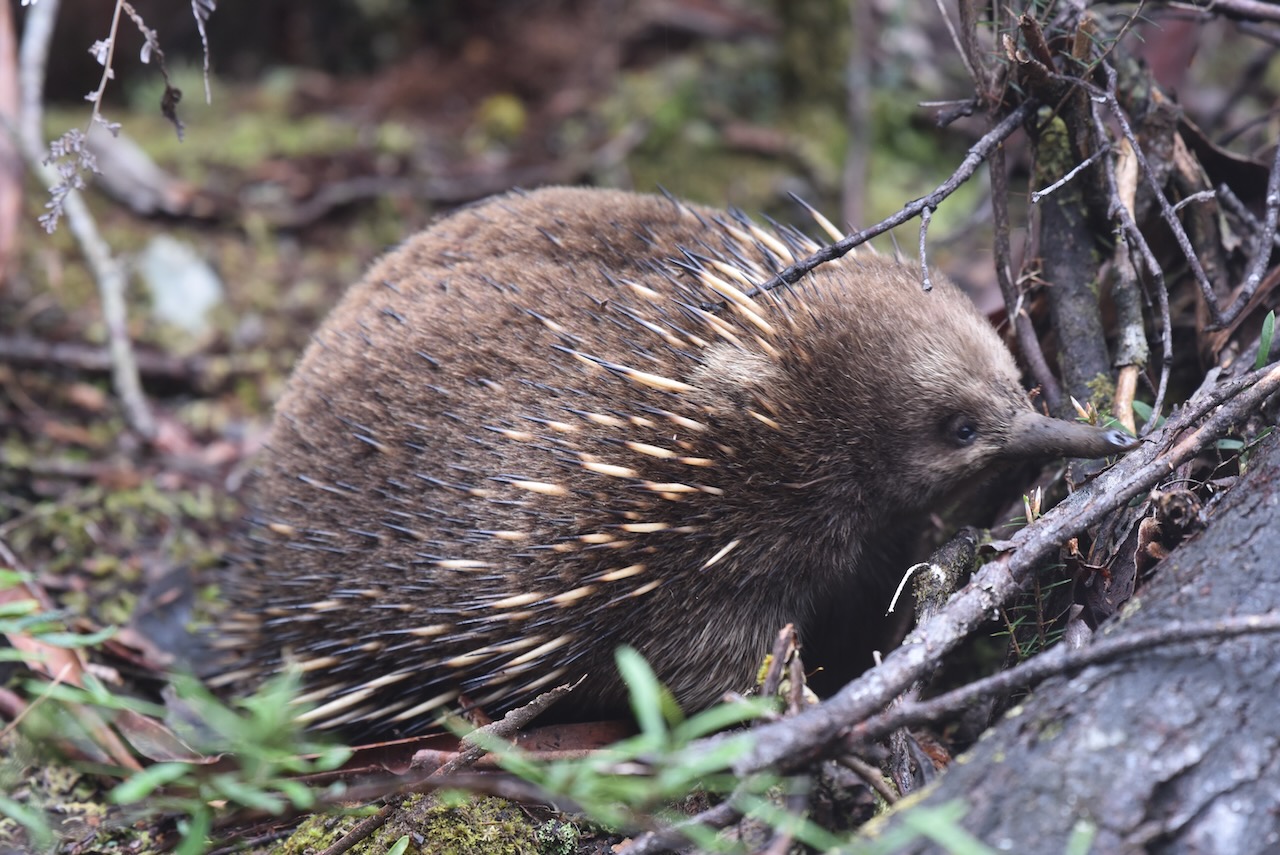

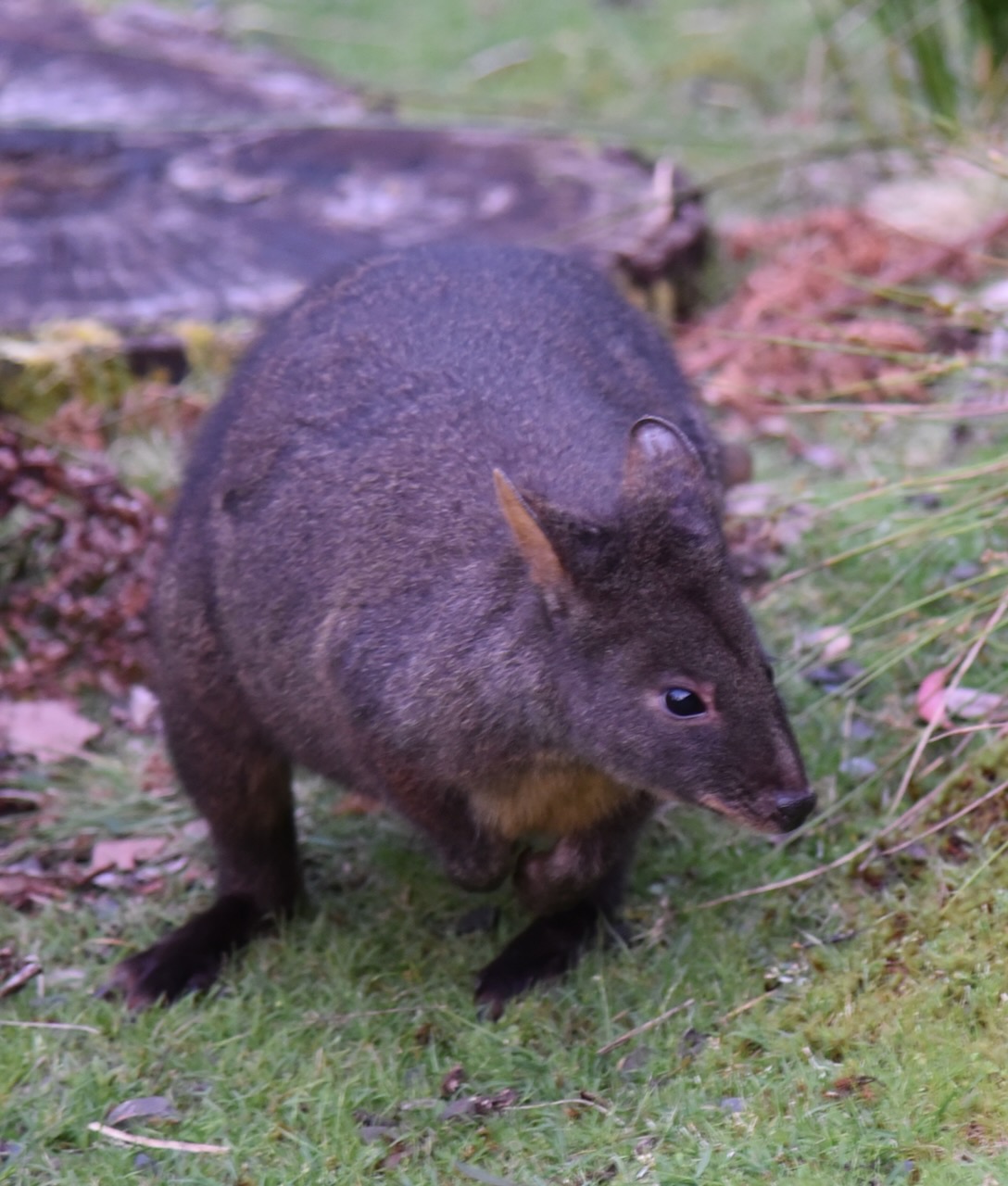
We found a nice little quiet spot alongside of the Derwent River off Lake St Clair Road.




We ran the Yaesu FT857, 40 watts, and the 20/40/80m linked dipole for this activation. We operated from inside of the 4WD as the mosquitoes were relentless.
Marija worked the following stations on 40m SSB:-
- VK2MOP
- VK2VH
- VK4AAC
- VK3GRX
- VK2MET
- VK1AO
- VK3SMW
- VK3APJ
- VK3ACZ
- VK2EXA
- VK3PF
I worked the following stations on 40m SSB:-
- VK2MOP
- VK2VH
- VK4AAC
- VK3GRX
- VK2MET
- VK1AO
- VK3SMW
- VK3APJ
- VK3ACZ
- VK2EXA
- VK3PF
- VK5BJE
- VK2WE
- VK3TX
- VK3ZPF
- W2ARX
- VK2YK
- VK5GA
- VK3YV
- VK2MOE
- VK3GQ
- VK4TJ
- VK7LTD
- VK7FAMP
- VK8GM
I worked the following stations on 80m SSB:-
- VK8GM
- VK7FAMP
- VK7LTD
- VK5BJE
- VK2EWC
- VK2EXA
References.
- Aussie Towns, 2023, <https://www.aussietowns.com.au/town/hamilton-tas>, viewed 2nd January 2023.
- Aussie Towns, 2023, <https://www.aussietowns.com.au/town/lake-st-clair-tas>, viewed 2nd Janaury 2023.
- Aussie Towns, 2023, <https://www.aussietowns.com.au/town/cradle-mountain-tas>, viewed 2nd January 2023.
- Lake St Clair Lodge, 2023, <https://www.lakestclairlodge.com.au/>, viewed 2nd January 2023.
- Tasmania Real Life 4wding/Touring, 20223, <https://www.facebook.com/RealLife4wdingTouring>, viewed 2nd January 2023.
- Wikipedia, 2023, <https://en.wikipedia.org/wiki/Cradle_Mountain>, viewed 2nd January 2023.
- Wikipedia, 2023, <https://en.wikipedia.org/wiki/Cradle_Mountain-Lake_St_Clair_National_Park>, viewed 2nd January 2023.



